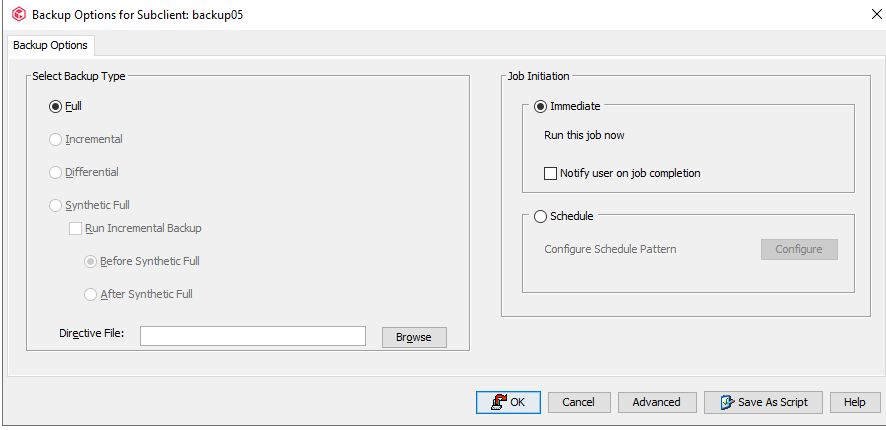I must be blind as I cannot see from the explanations on On-Demand Data Protection Operations (commvault.com) how the subclient of the on-demand backupset on some client knows where to search for the directive or content files? I mean does it simply search the entire / fs looking for some hints? Where’s Waldo? Do they sit under the Base directory or ?? I understand the concept, but in NetBackup-land you had to at least give it a hint as to where those directives reside.
thanks








